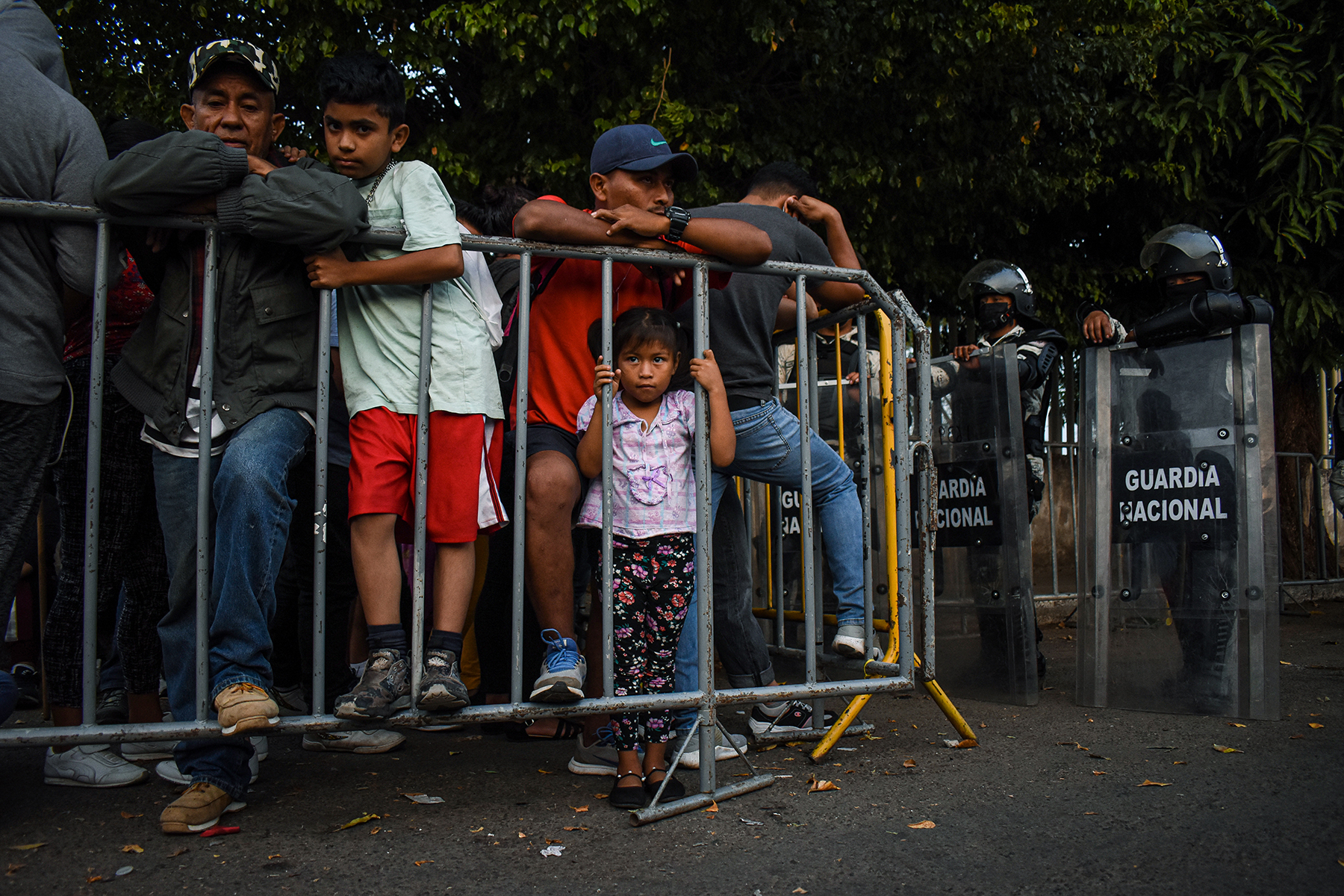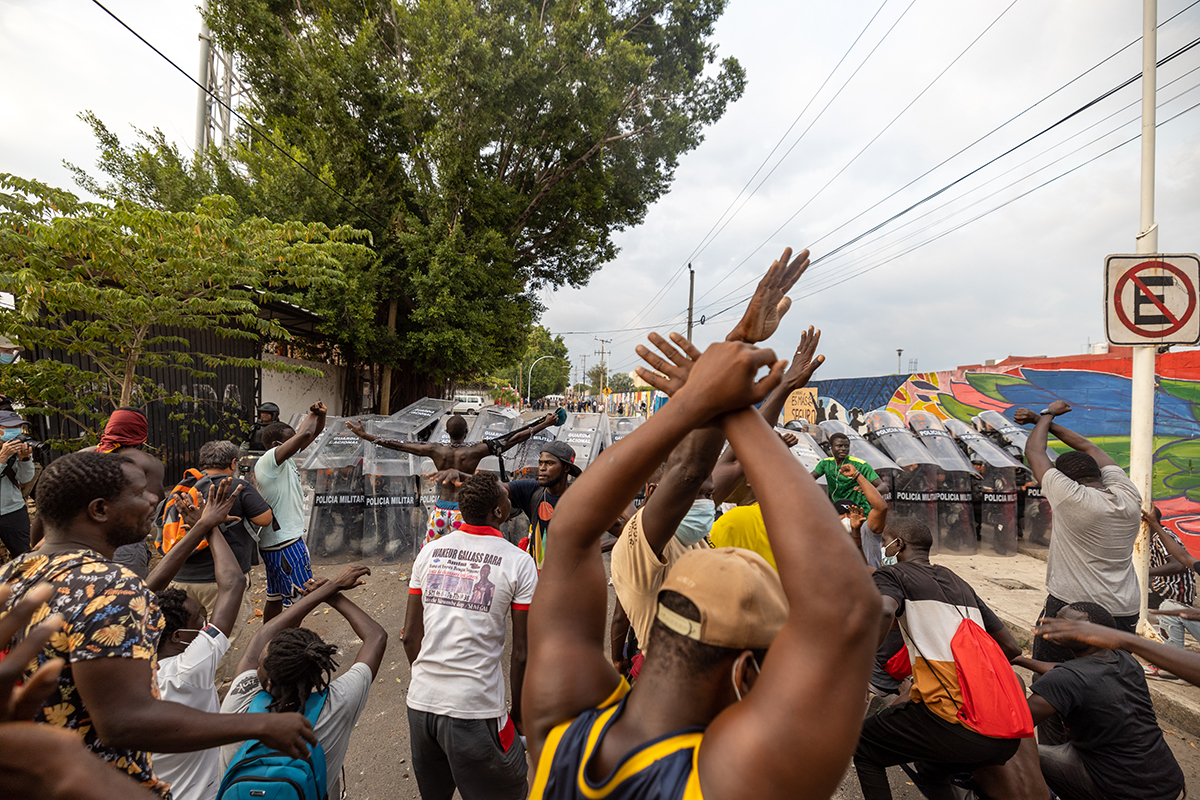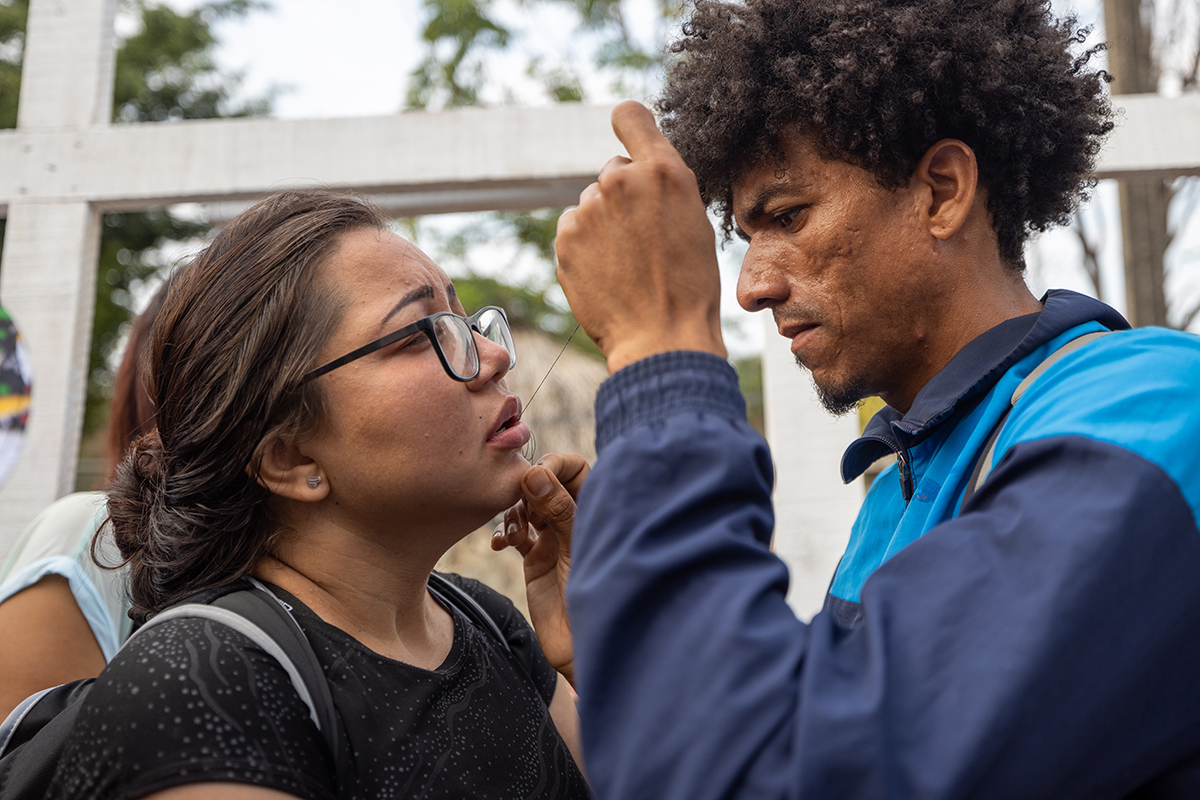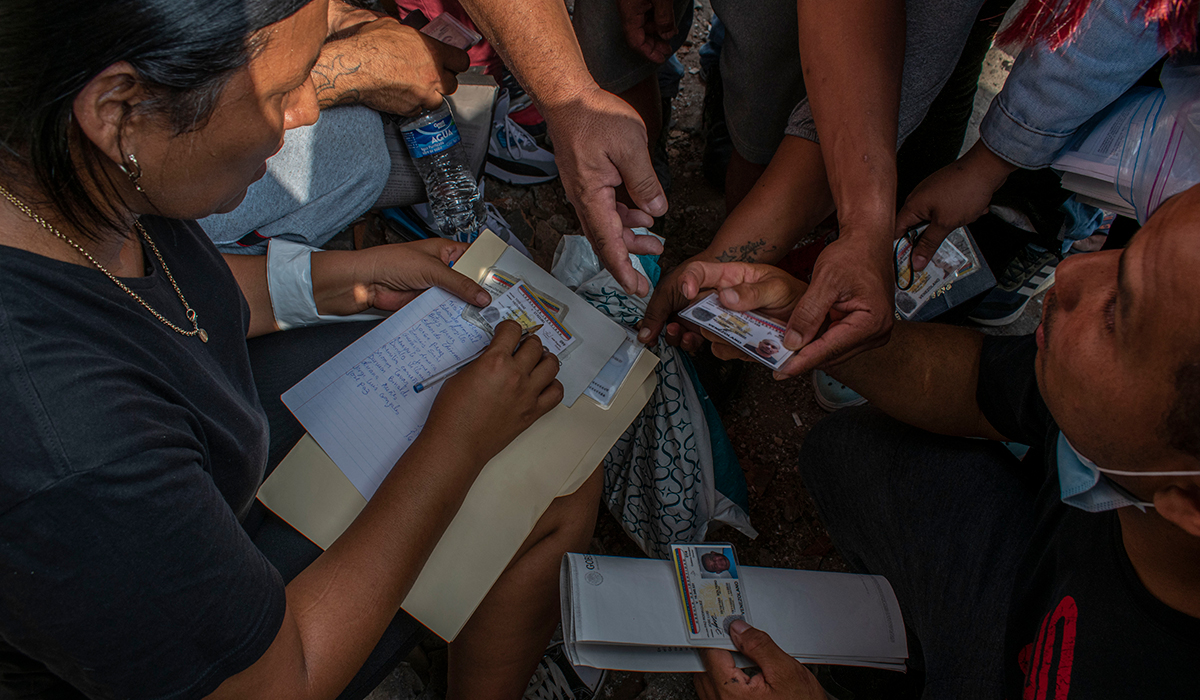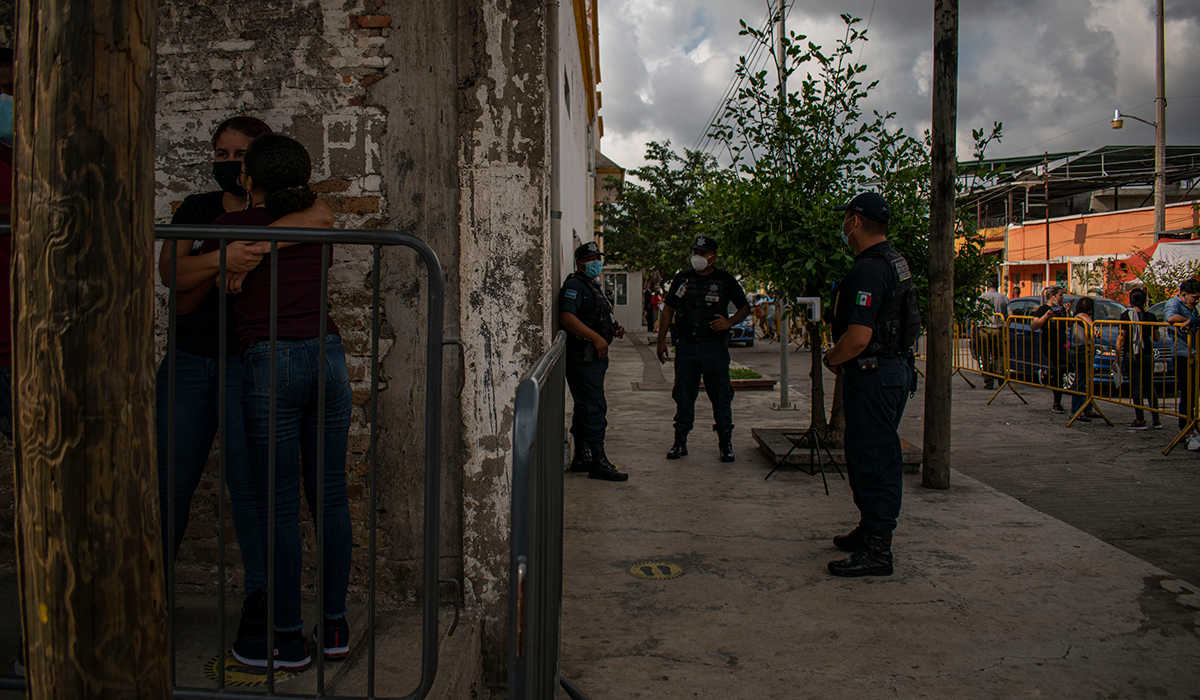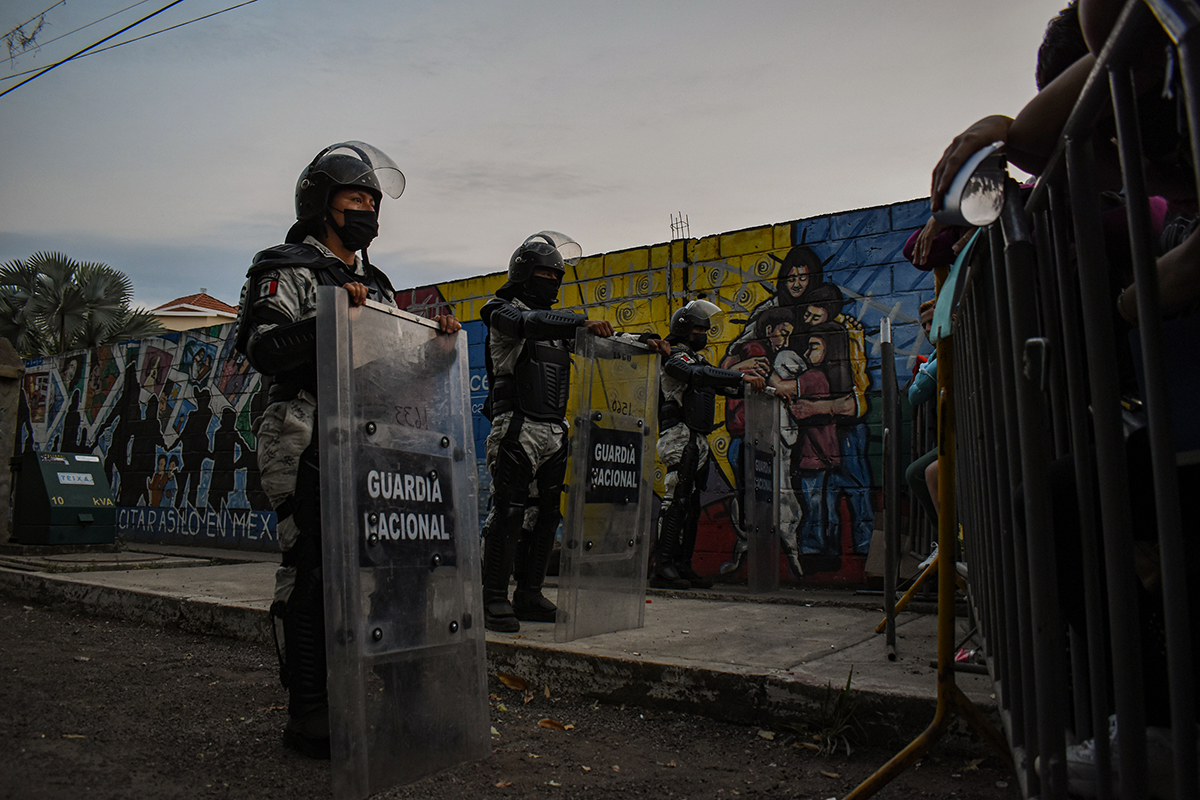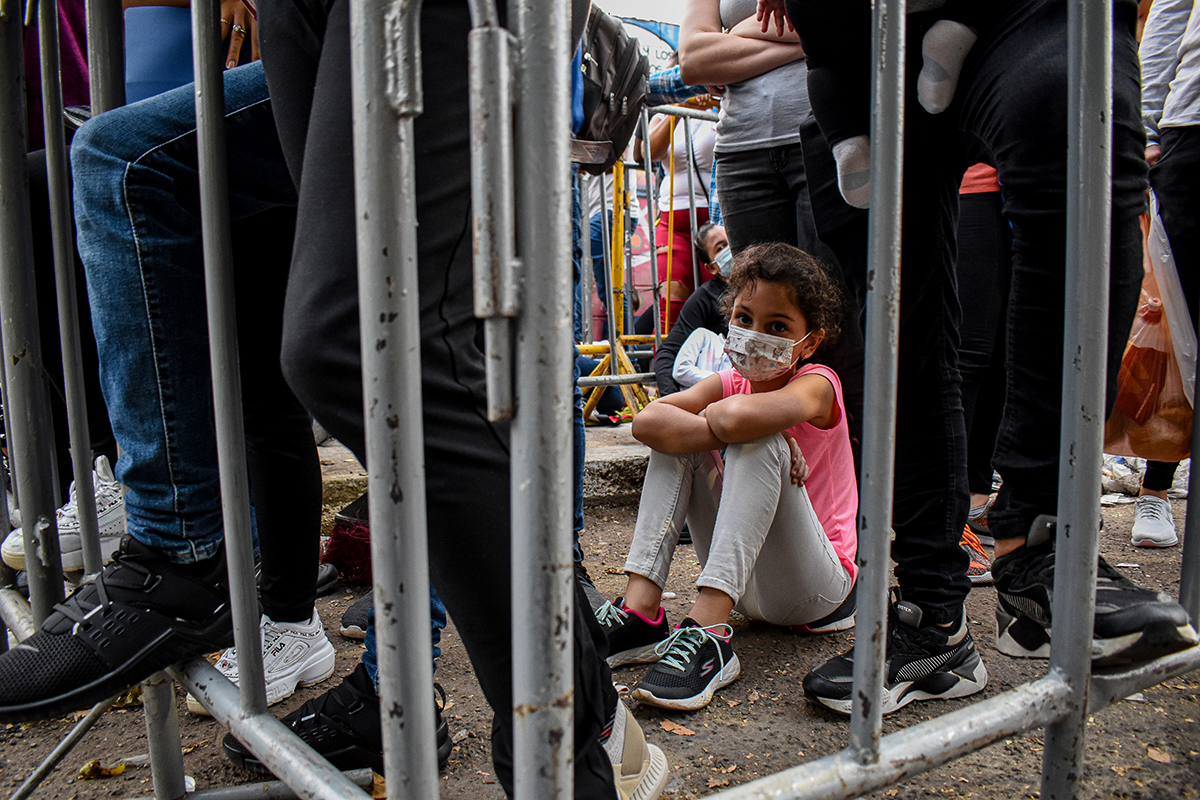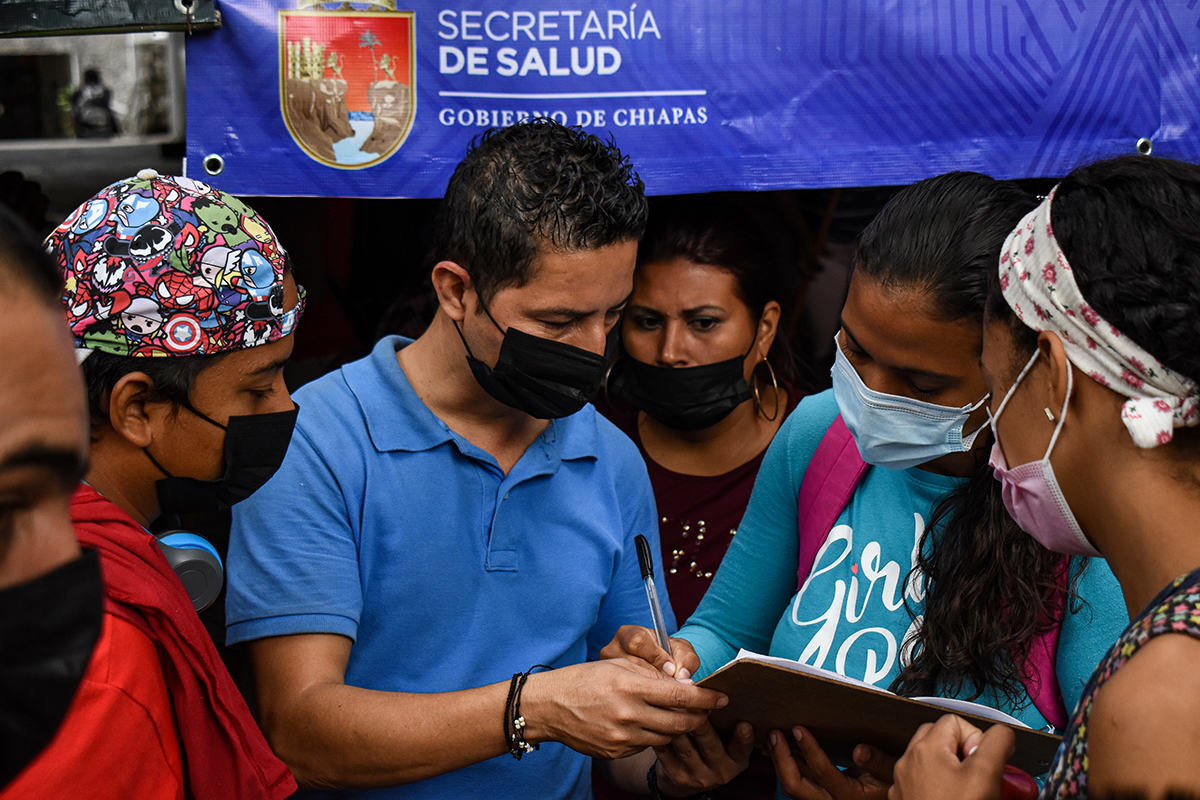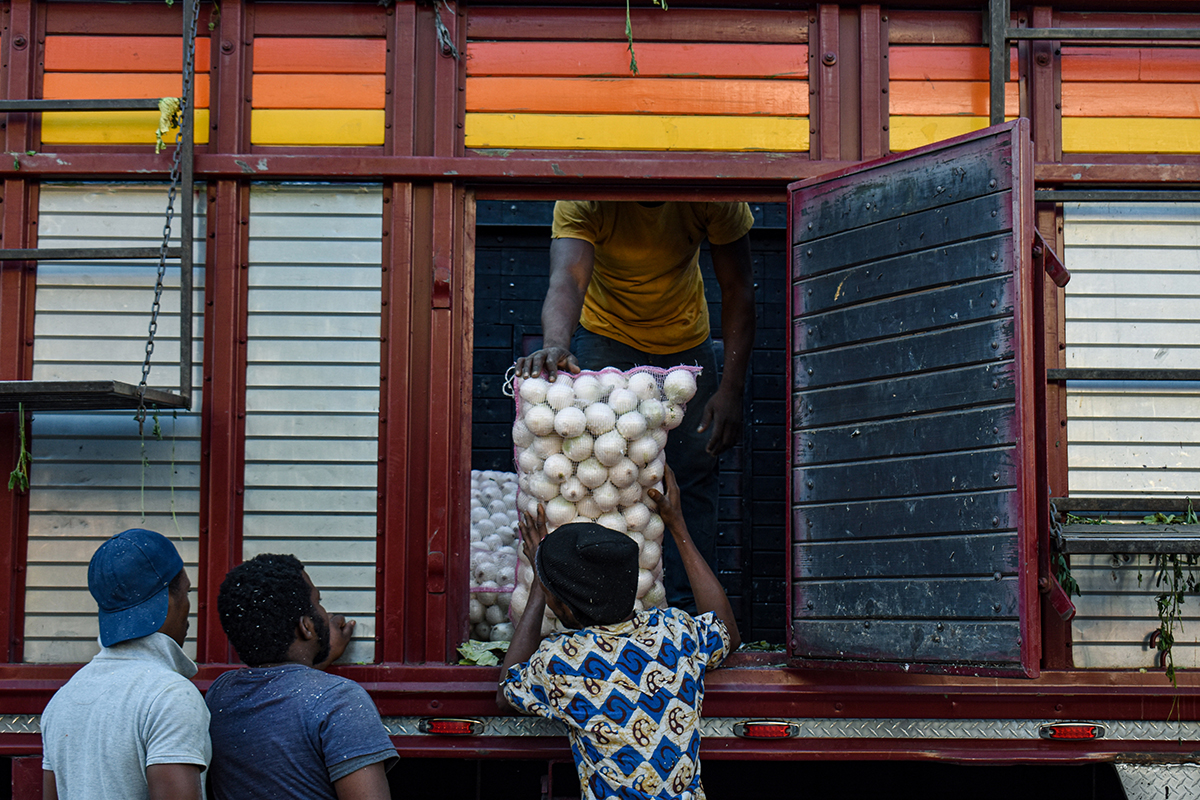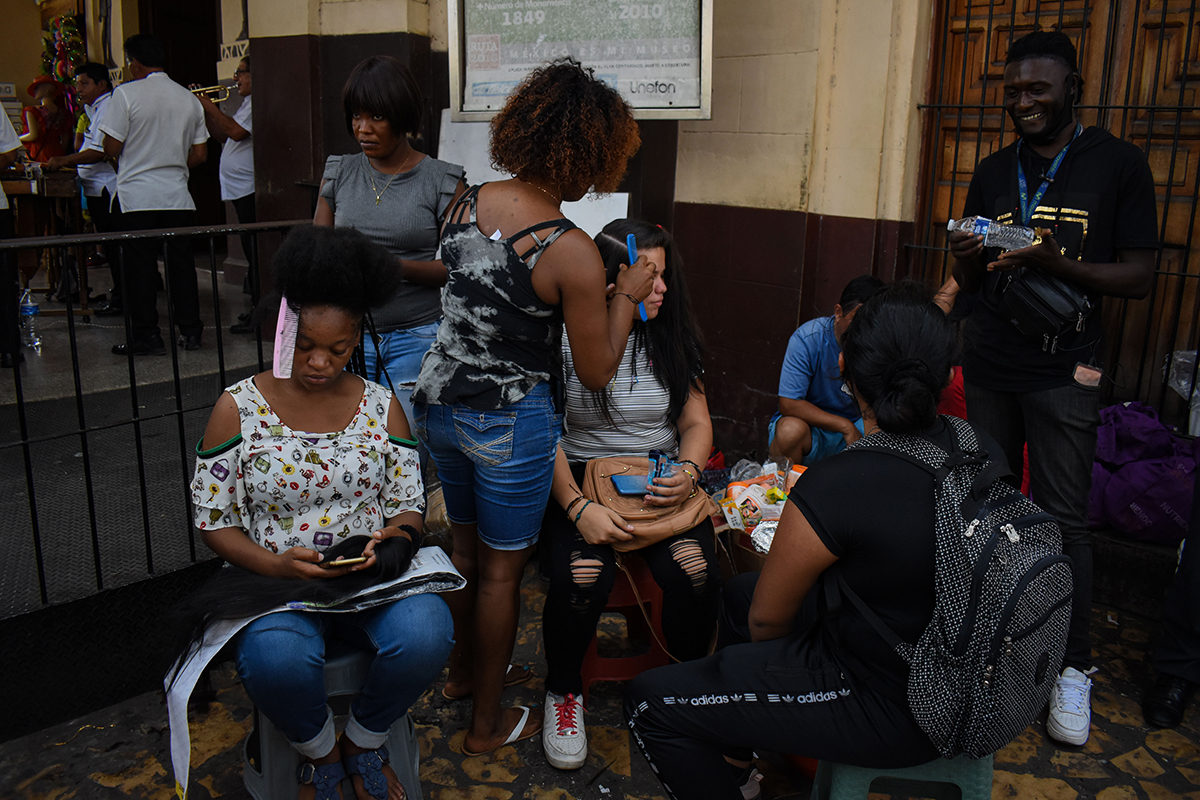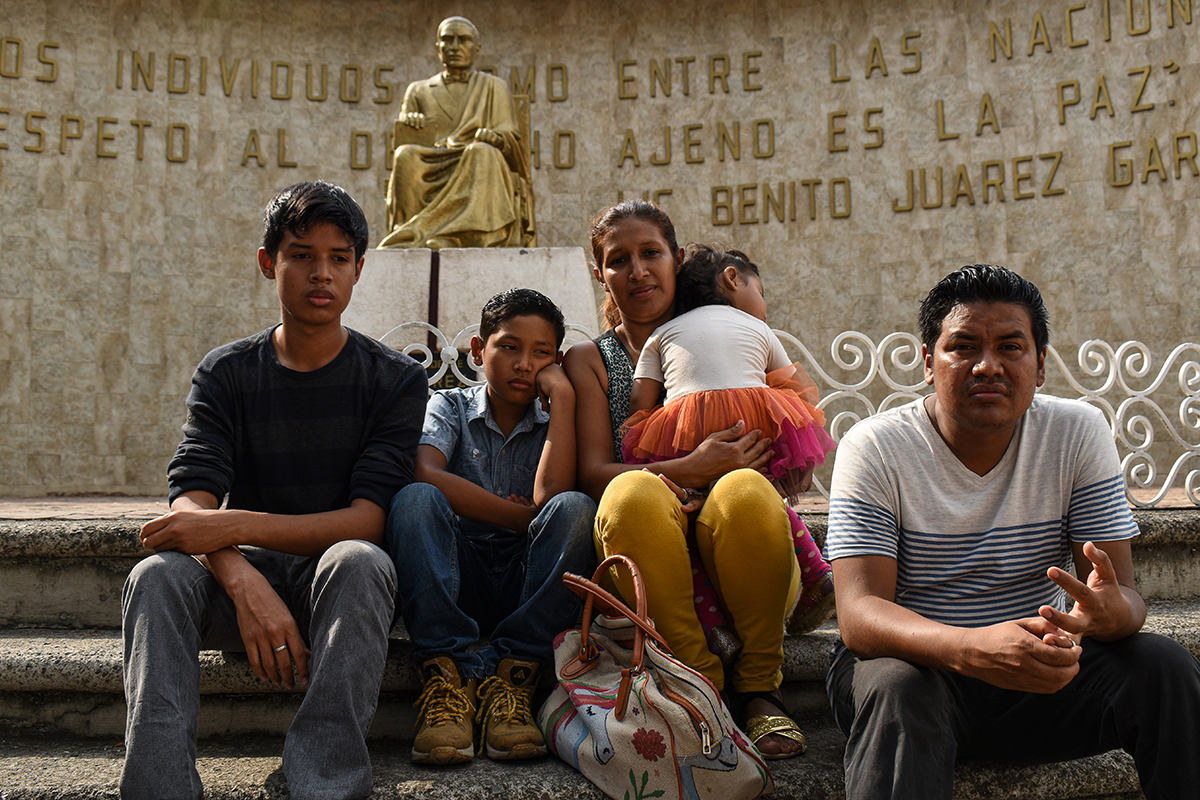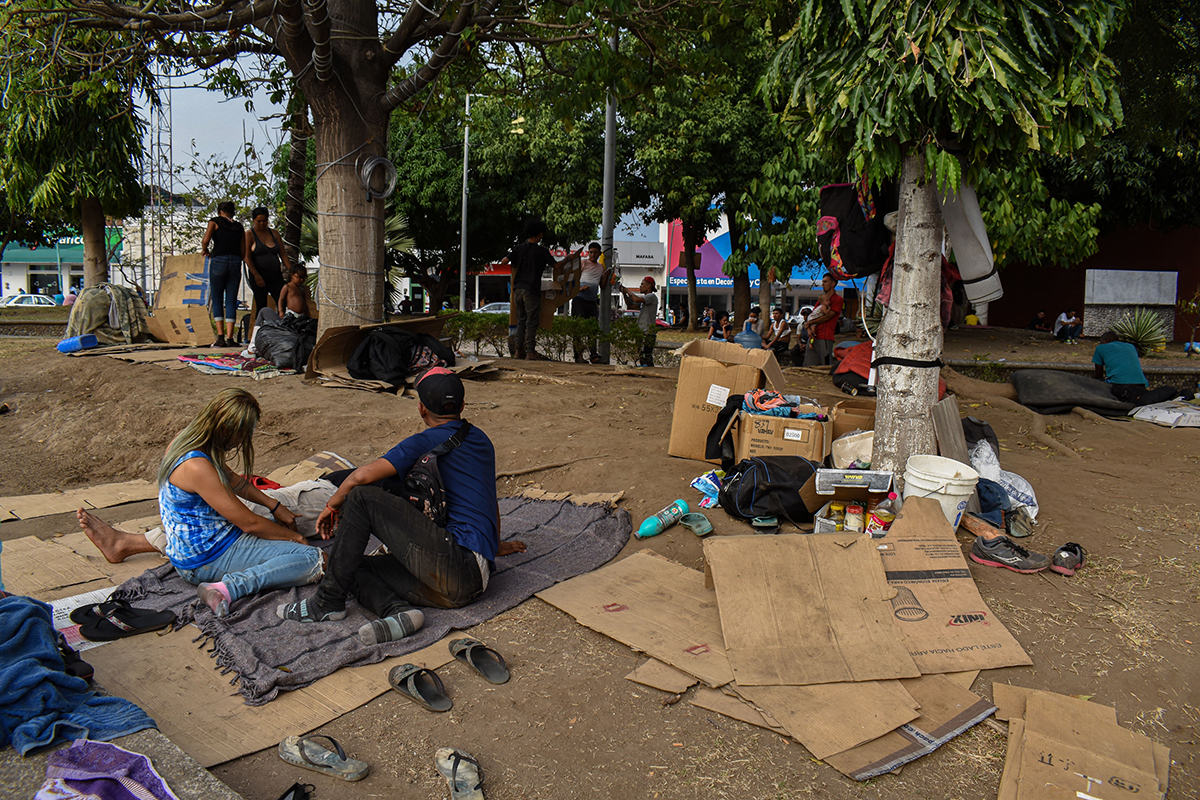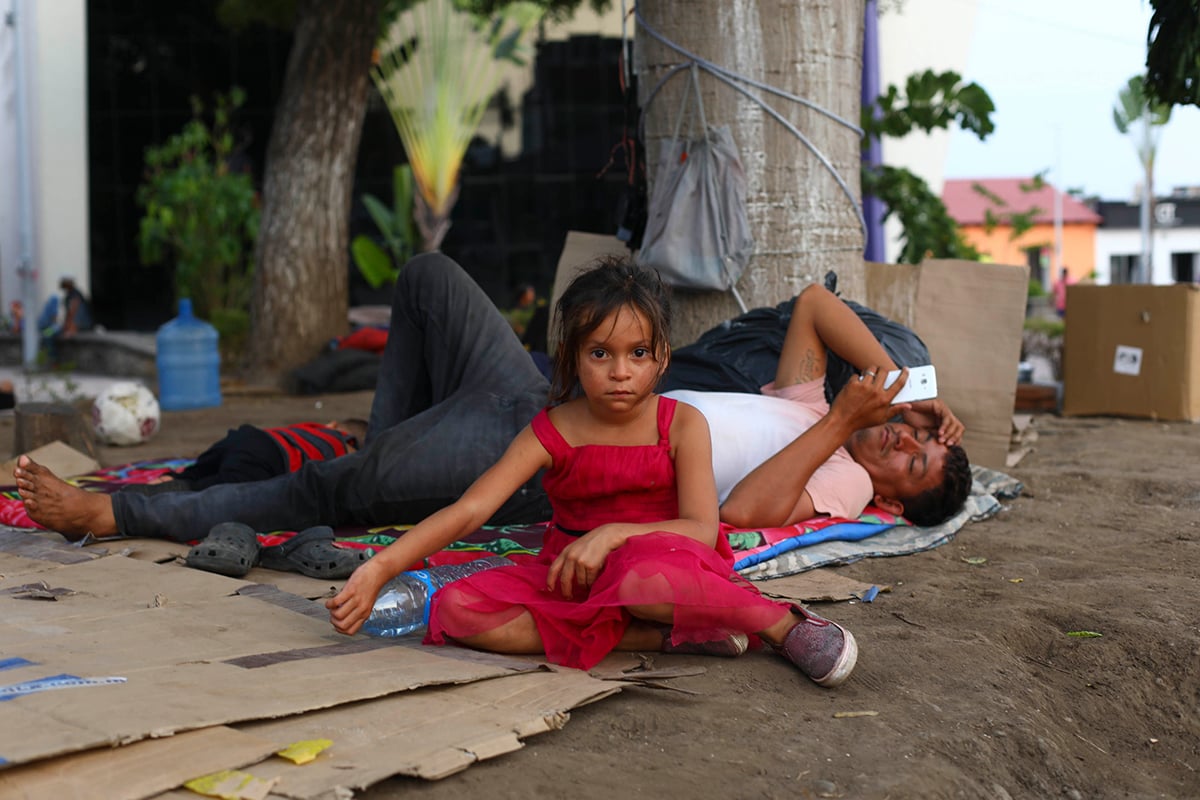TAPACHULA, MEXICO – The desperation here is palpable.
It fills the stifling air as migrants line up in the hot sun outside the National Migration Institute in hopes of receiving an interview, their children close at hand and their visa applications tucked under their arms in colorful protected sleeves so the papers won’t get ruined on the nights their families sleep outside in the rain.
It strains the voices of the asylum seekers protesting outside a news conference by Mexico’s president, as they chant demands for action before some sew their mouths shut in defiant, gruesome silence.
And it wells in the eyes of displaced Haitians – struggling to deal with a system entrenched in anti-Black racism – when they throw rocks and set fires on the streets to bring attention to their plight.
These moments unfold day after day in Tapachula, a city of about 350,000 near the border of Guatemala that has long served as a waystation for migrants spurred north by political turmoil, gang violence, discrimination and poor economic prospects in their countries of origin.
But as the United States has pressed Mexico to stem the flow of people heading to the U.S. in recent years, tens of thousands of migrants have become trapped here in Chiapas, Mexico’s poorest state.
They now face extreme limitations on their movements, few job prospects, poor living conditions and long waits for immigration hearings in an environment some have labeled an “open-air prison” and others have described as a southern extension of the U.S.-Mexico border.
“You see misery. You see anger. You see desperation,” said Freddy Castillo, a Haitian migrant who arrived in Tapachula last August. “People say, ‘Well, what did I come here for?’ You know, the situation is bad in my country. But that’s supposed to stay there, because I (want to) have maybe a better life someday.”
As frustrations have reached a boiling point in the city, thousands of migrants set off in the rain Monday for the United States. The group intends to walk the length of Mexico and could grow to as many as 15,000 people, by some estimates – a number that would make this caravan the largest ever recorded in the country, according to The Guardian.
Many of the migrants who end up in Tapachula are from Honduras, El Salvador and other Central American countries, but others started their journeys from such far-flung places as Palestine, Cuba, Nigeria, Brazil and, recently, Ukraine.
After escaping the sometimes brutal conditions in their home countries, migrants moving up through South America must pass through the treacherous Darién Gap, a more than 60-mile stretch of jungle that connects Colombia to Panama, where robberies, rapes and encounters with animals are frequent.
The journey takes multiple days for most migrants. And those who make it out alive sometimes view Mexico as a reprieve, said Yamel Athie, a Tapachula resident and community organizer who has been facilitating dialogue between migrants and locals.
Instead, they face only more challenges.
“Imagine if you are from Africa or the Middle East or Haiti and you have spent months fighting to survive, to live, to eat, to pay for your trip,” Athie said. “And when you arrive here, with all of your emotions at the surface because you are reaching your goal, you smash into a wall. And it is a wall that will break your soul.”
